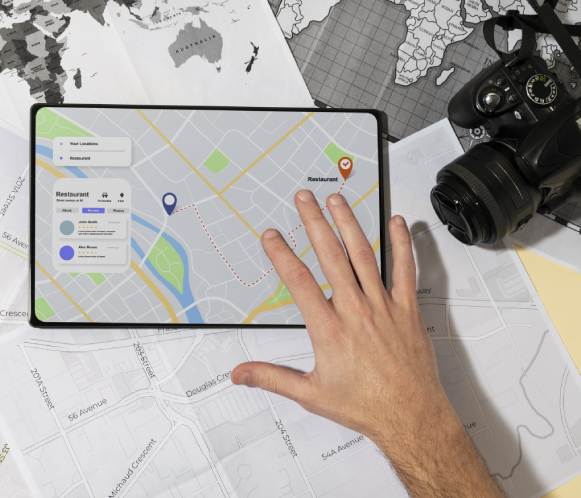
The Significance of Track and Trace
Track and trace embodies the meticulous monitoring and documentation of a product's journey from production to end-user. This system enables precise tracing of goods, ensuring transparency and accountability within supply chains. By detailing the lifecycle of products, it provides enhanced visibility and streamlines inventory management. Moreover, it facilitates quick identification of potential issues or delays within the supply chain, enabling prompt action for optimized logistics and heightened efficiency throughout the product's trajectory.




